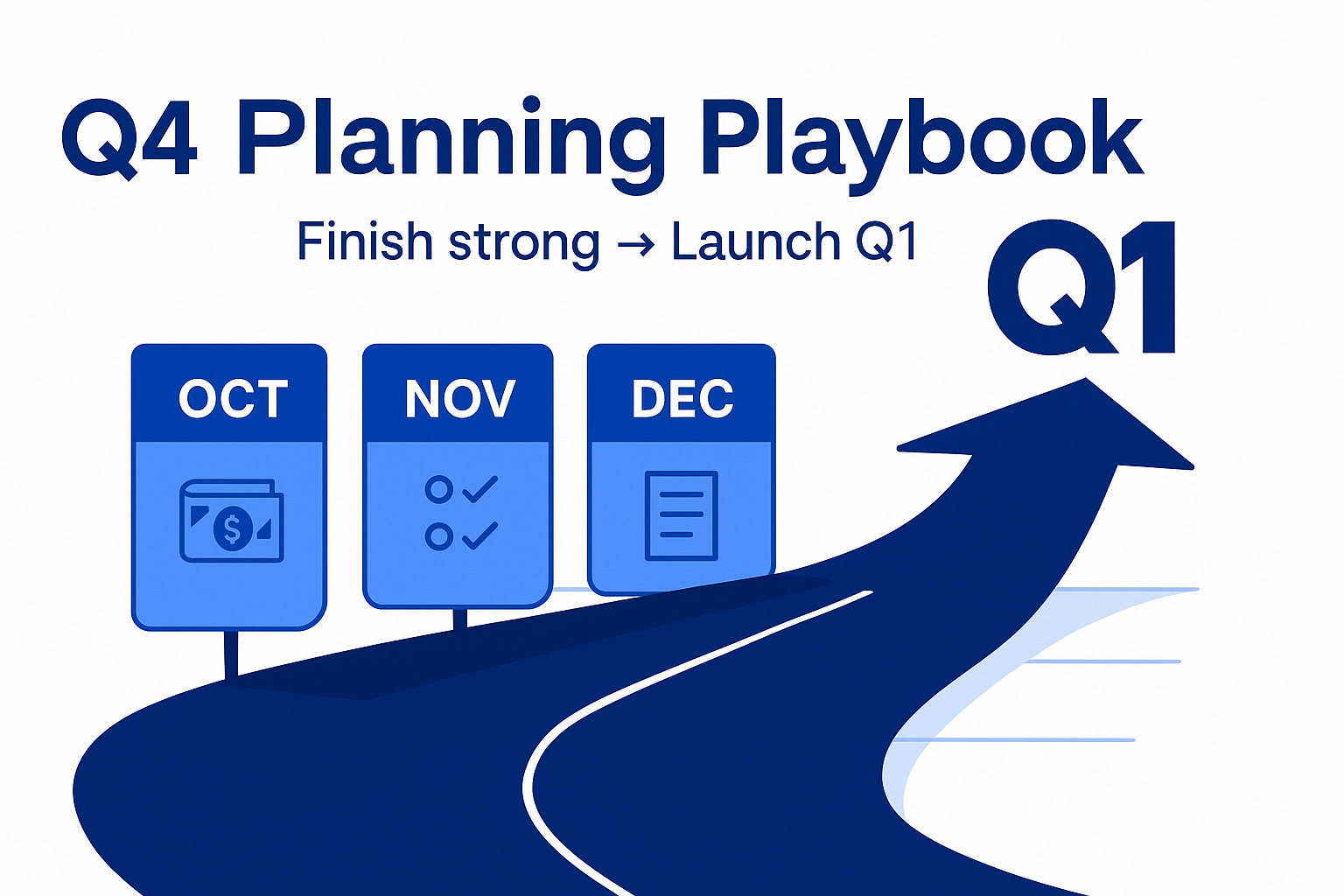
One key strategy to lower your tax bill before the end of the year is to manipulate the timing of recognizing income and deductions when it’s most advantageous to your business.
Before we explore further, we need a quick lesson on how the tax rules work around recognizing income and deductions based on your “Tax Method of Accounting.”
Method of Accounting
Our clients frequently ask us if they have to report income or if they can claim a deduction. 99% of the time, the question is not if. The question is when?
The Tax Code tells us when you need to recognize your income and deductions. You follow the same timing that you do with your books and records. We call this your overall tax method of accounting.
For example, let’s say you recognize revenue when your clients pay you and recognize expenses when you pay vendors. You’d be on the “cash basis” method of accounting like most small businesses. You would recognize income and deductions on a cash basis for your tax return.
Exceptions
Unsurprisingly, a lot of exceptions apply. The tax rules have a lot of mechanisms in place to prevent you from deferring income and accelerating deductions.
For example, let’s say you prepay a three-year contract for dedicated web hosting. You can’t deduct expenses you’ve prepaid for several years in advance, especially if you’re on the accrual basis. You have to claim the deduction over the period of benefit.
Another example – let’s say you buy a fancy new MacBook Pro for one of your employees. You need to depreciate your computer purchase unless one of the many exceptions apply.
Specific Method of Accounting for Income and Deductions
You can have different methods of accounting for specific items of income and deductions that differ from your overall method of accounting. Sometimes, this is required if you want to be compliant with the Tax Code for a specific item of income and deduction.
One caveat – once you’ve established a method of accounting, you have to keep using it. If you’re using a tax-inefficient method, you’re forced to keep using it… unless you get approval to change your accounting method.
Deferral strategies
Now that we understand tax methods of accounting, let’s talk through how you can optimize your income and deduction recognition with a tax deferral strategy. The strategy has two major components:
- Defer income for as long as possible
- Accelerate deductions as soon as possible
A recurring tax deferral strategy can reduce or eliminate your tax bill this year, which can free up much-needed cash to redeploy to grow your business.
First, we need to take a look at the overall method of accounting for your business:
- Are you on a cash basis?
- Are you on the accrual basis?
- Or are you on some weird Frankenstein basis established by your local tax preparer too long ago?
Then, we can comb through your balance sheet and income statement in detail to identify opportunities.
Defer income for as long as possible
Deferring income into next year means that you don’t have to pay taxes on that income until next year. Let’s take a look at your client contracts for starters:
- Who are your clients or customers?
- What are your service terms? How long is your contract? Are there milestones? Are there performance obligations you need to meet?
- What are your payment terms? Do you require a monthly retainer? When do you invoice your clients? Do you require deposits? Are they refundable?
Accelerate Deductions As Soon As Possible
If deferring income is the yin, then accelerating a deduction is the yang. Let’s take a look at your payments to vendors or contractors:
- Who are your contractors? What recurring services do you use?
- What are the contract terms? Are there milestones? Are there performance obligations they need to meet? When are the services provided?
- What are the payment terms? Do you get a discount for prepaying in advance? When are you required to pay? Are the payments fixed or variable (commission)?
Opportunities
Once we’ve evaluated your current tax posture, we can determine the best course of action to implement your tax deferral strategy. We might:
- File to change your overall method of accounting
- File to change a specific method(s) of accounting
- Modify or renegotiate your contract terms, or
- All of the above
File to Change in Method of Accounting
The Code requires us to obtain approval from the IRS Commissioner for requests to change the method of accounting. Most changes are granted automatically if you follow the proper procedures.
When we change your method(s) of accounting, the Code requires us to recognize a catch-up adjustment for the difference between your old method and your new method into income. This ensures that we don’t miss out on any income or deductions in the transition.
The timing of when we take that into account matters. Assuming it’s a favorable adjustment, we want to make sure you can capitalize on the tax savings immediately. There’s no point in accelerating a benefit only for it to generate a net operating loss that you can’t get back in cash.
Change in Contract Terms
You might not have an opportunity to renegotiate old contracts until they expire. However, you could draft favorable contract terms for new clients on retainer. We would make sure that you build in favorable terms that maximize deferrals while improving or maintaining monthly cash flow.
Next steps
A great tax advisor will help you review your current tax methods of accounting and build you a Recurring Tax Deferral strategy. They’ll take proper action steps to implement this as part of your tax plan to maximize tax-efficiency.
Don’t have a tax advisor to save you the big bucks? Get to know one on a 15-minute chat!
The Clever Writing Team
The CleverProfits writing team includes various team members in Advisory, Financial Strategy, Tax, and Leadership. Our goal is to provide relevant and easy-to-understand financial content to help founders and business leaders reach their true potential.






